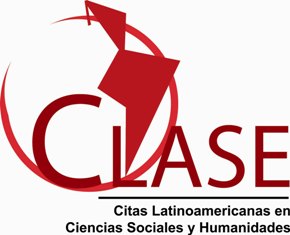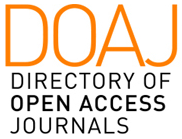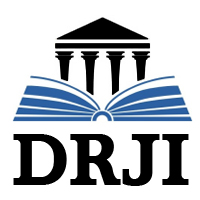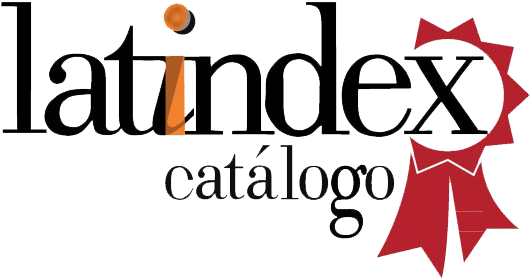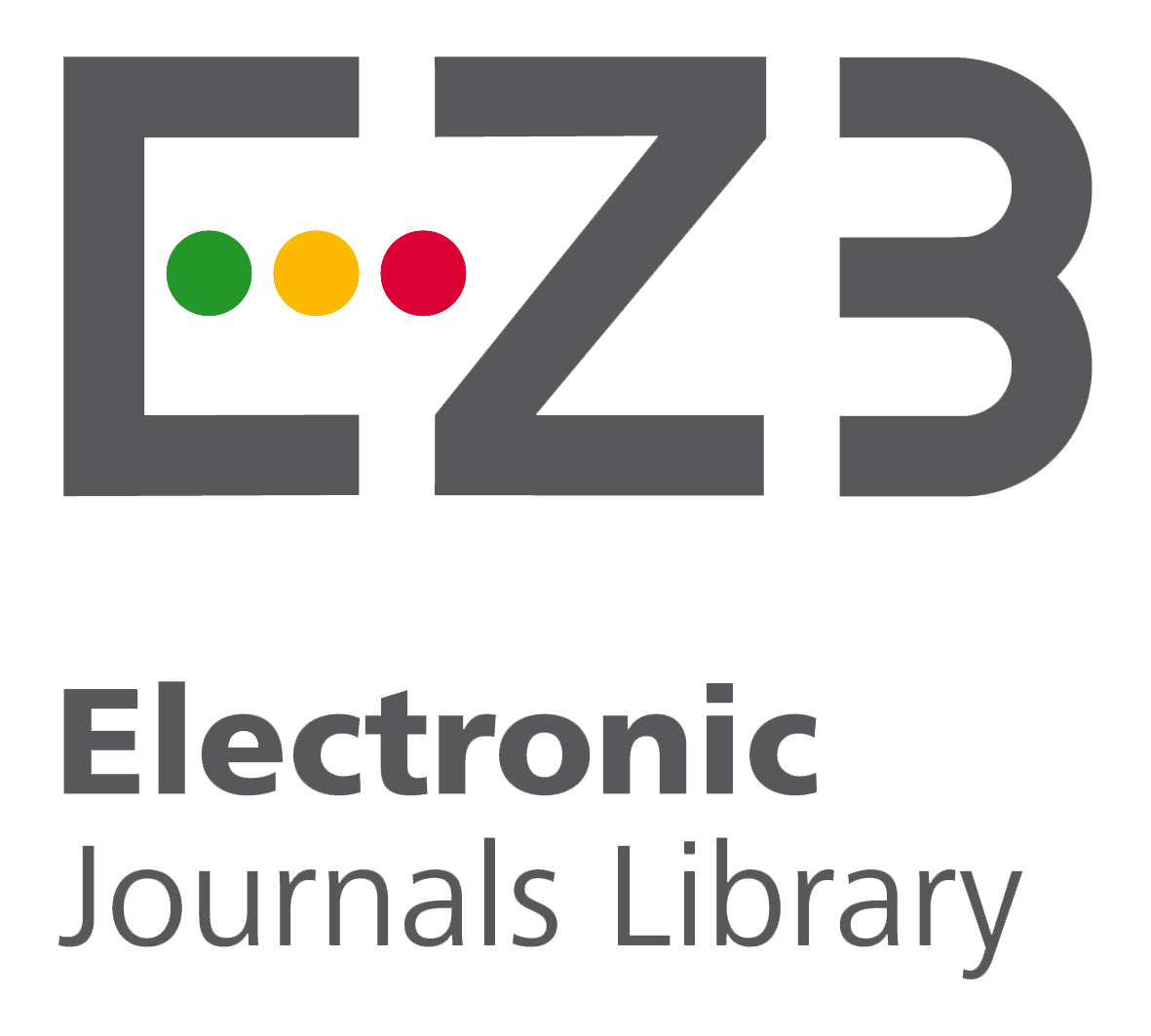English Teaching with Face-to-Face and E-blended Modality: Do they Complement or Oppose? (Original)
Palabras clave:
blended learning; technologies; face-to-face learning; self-learningResumen
The didactic and pedagogy achievements make possible the application of technologies to educative models and learning environments which enable the introduction of changes in the educative and instructive strategies. Also the use of technologies in the teaching-learning process make possible the use of learning modalities that demands to be centered on self-learning and in the student. The objective is to determine the effectiveness of the blended-learning model in comparison with the traditional one in a specialty of Granma University. To measure the variables, the subjects in the experimental group received Blended Learning, while those in the control group received the face-to-face modality. It is concluded that positive results were achieved in B-learning, and it should be as effective as the face-to-face model. Besides blended learning method proved to stimulate the formation of mechanisms that allow the self-access to knowledge.
Descargas
Referencias
Ausubel D.P. Novak y J.D. (1976b). Psicología Educativa, un punto de vista cognoscitivo. México: Trillas.
Bartolomé, A. (2007). Blended Learning. Conceptos Básicos. Píxel-Bit. Revista de Medios y Educación, 23, pp. 7-20.
Cassany, D, (1999). Construir la escritura, Barcelona: Editorial Paidós, pp. 20-36.
Cabero, J. (2002). Los recursos didácticos y las TIC. En González, A.P. Ensenyament, professors iuniversitat, Tarragona, Institut de Ciències de historique, pp. 18-24.
Grabowski, B.L. & Curtis, R. (1991). Information, instruction and learning: a hypermedia perspective. Performance Improvement Quarterly, 4 (3), pp.2-12.
Harmer, J. (2003). The practice of English Language Teaching. England: Longman, pp. 56-63.
Heinze, A. & Procter, C. (2004). Reflections on the Use of Blended Learning. Education in a Changing Environment. University of Salford. Education Development Unit, pp. 14-30.
Ludlow, B.L. (1994). A comparison of traditional and distance education models. Proceedings of the Annual National Conference of the American Council on Rural Special Education, Austin, TX. (ED 369 599), pp. 7-16.
Moreira, M.A (2017). Aprendizaje Significativo: un concepto subyacente. Recovered on January, 2018 from <https://www/arnaldo martinez.net/docencia universitaria/ausubel03.pdf>
Moore, M.G. & Thompson, M.M., and Clark, G.C., (1990). The effects of distance learning: A summary of the literature Research. Monograph No. 2. University Park, PA: The Pennsylvania State University, American Center for the Study of Distance Education, pp. 47-60.
Rogers, C. (1994). Freedom to Learn. En Harmer, J. (2003). The practice of English Language Teaching. England: Longman, pp. 38-46.















